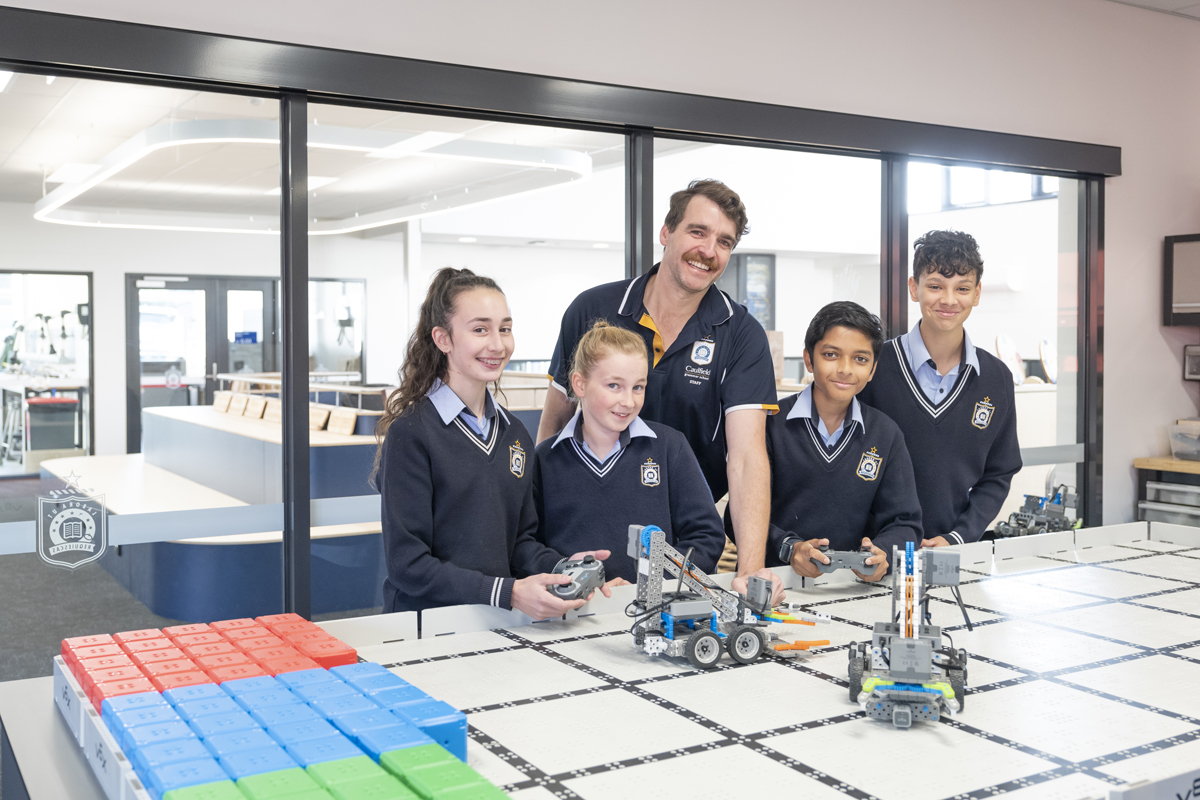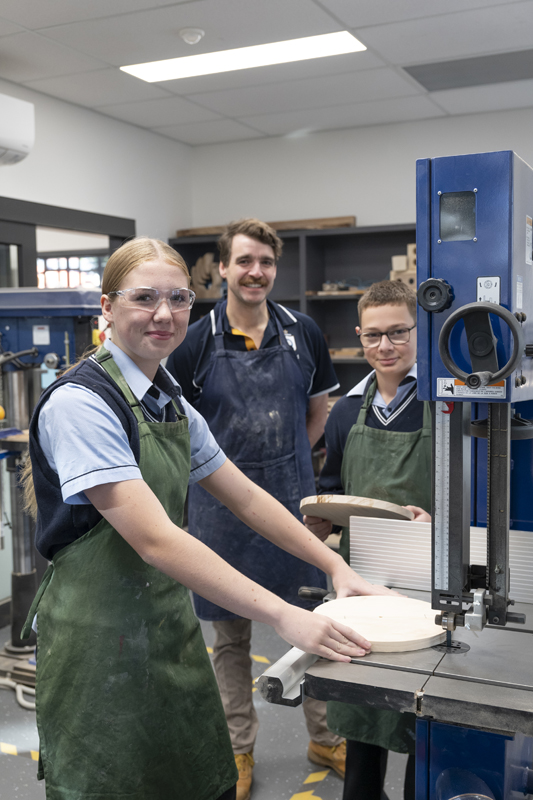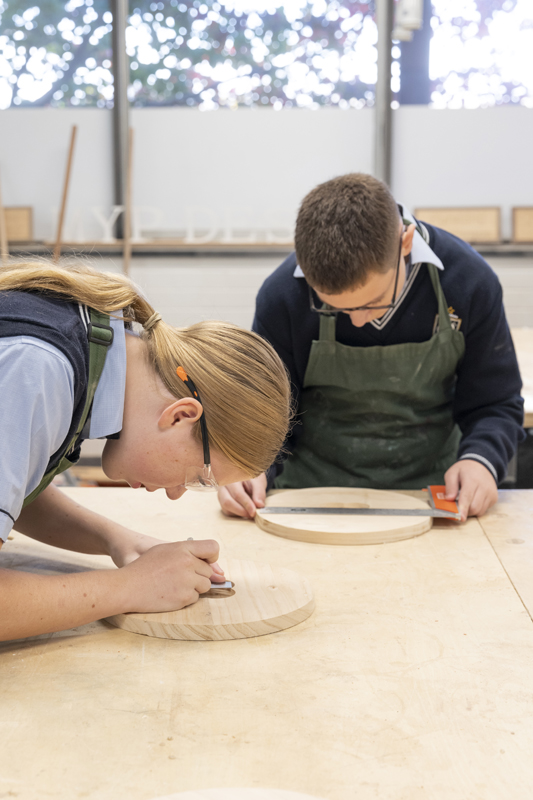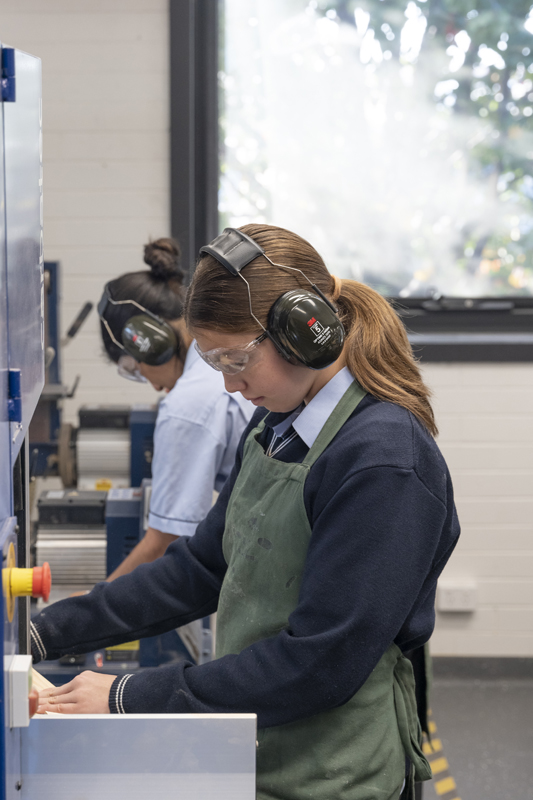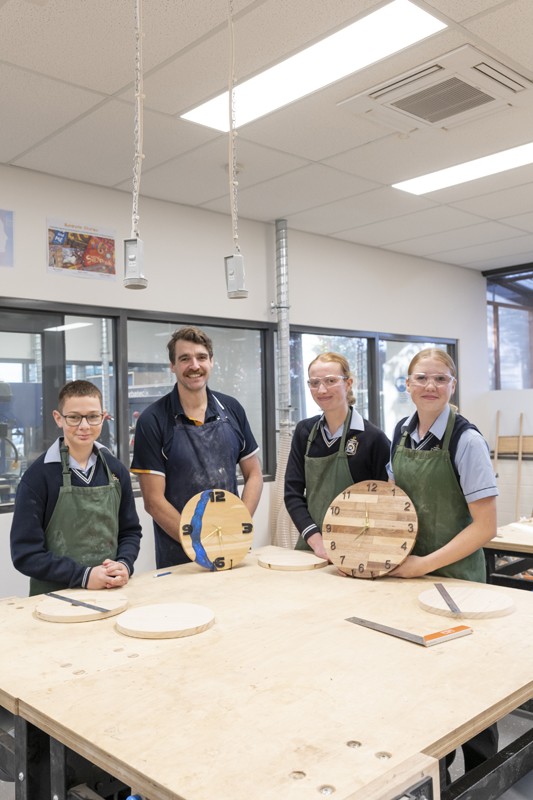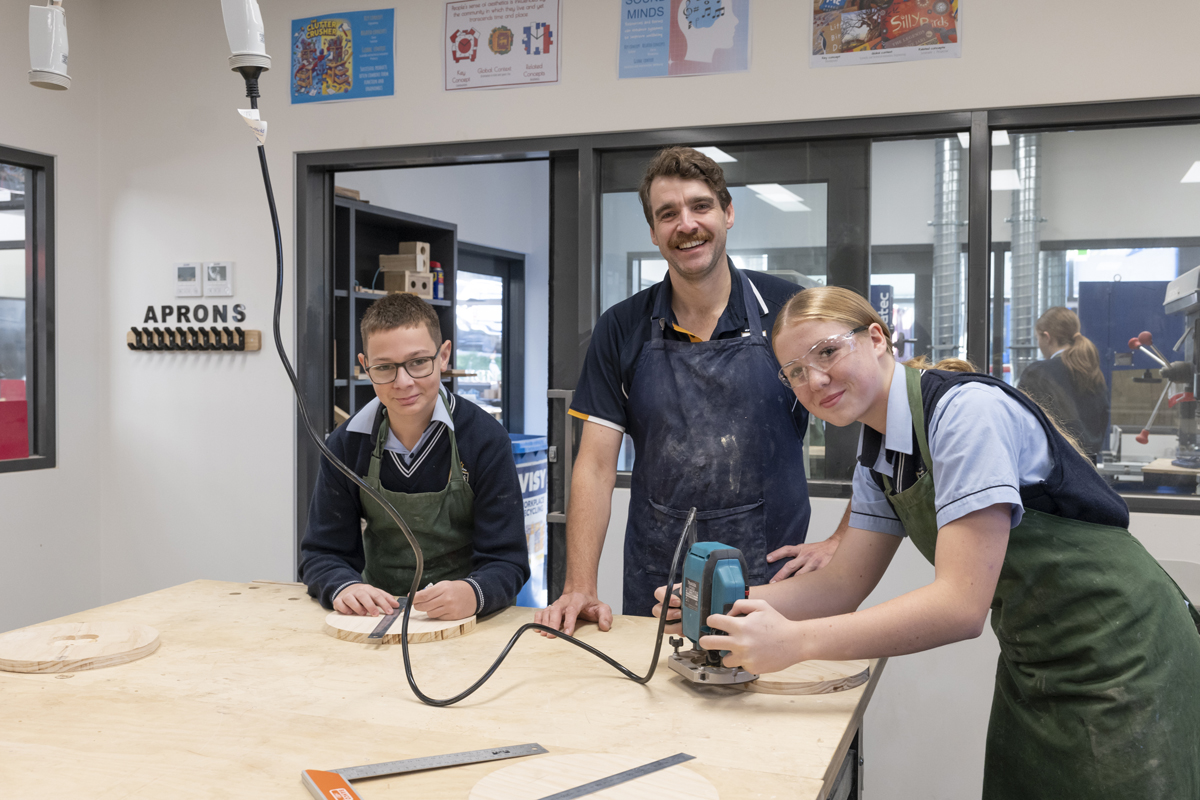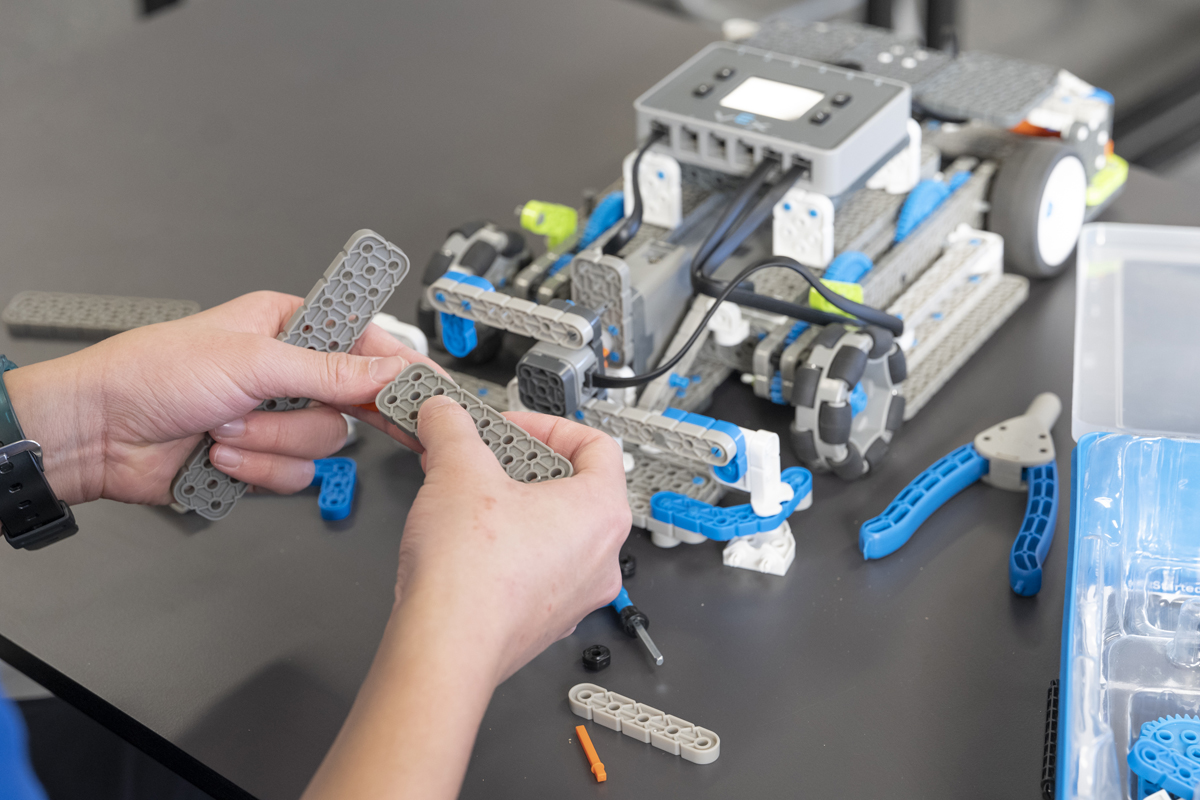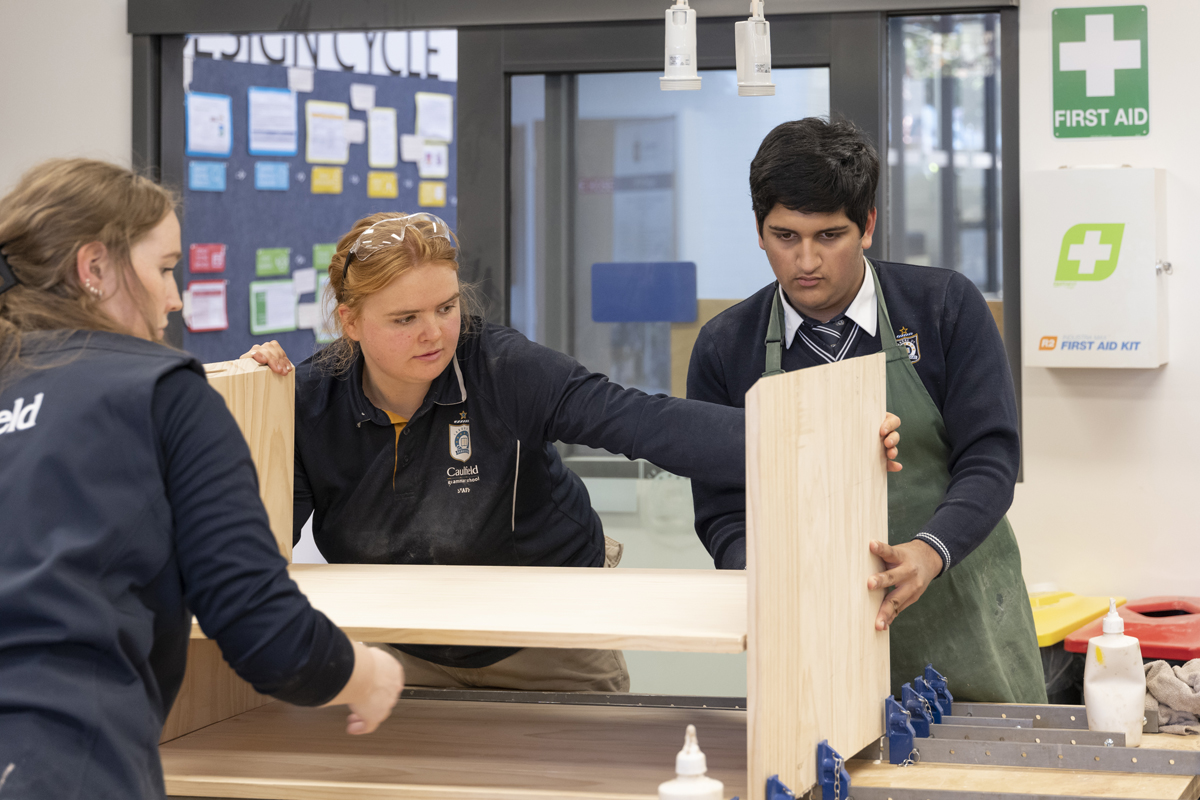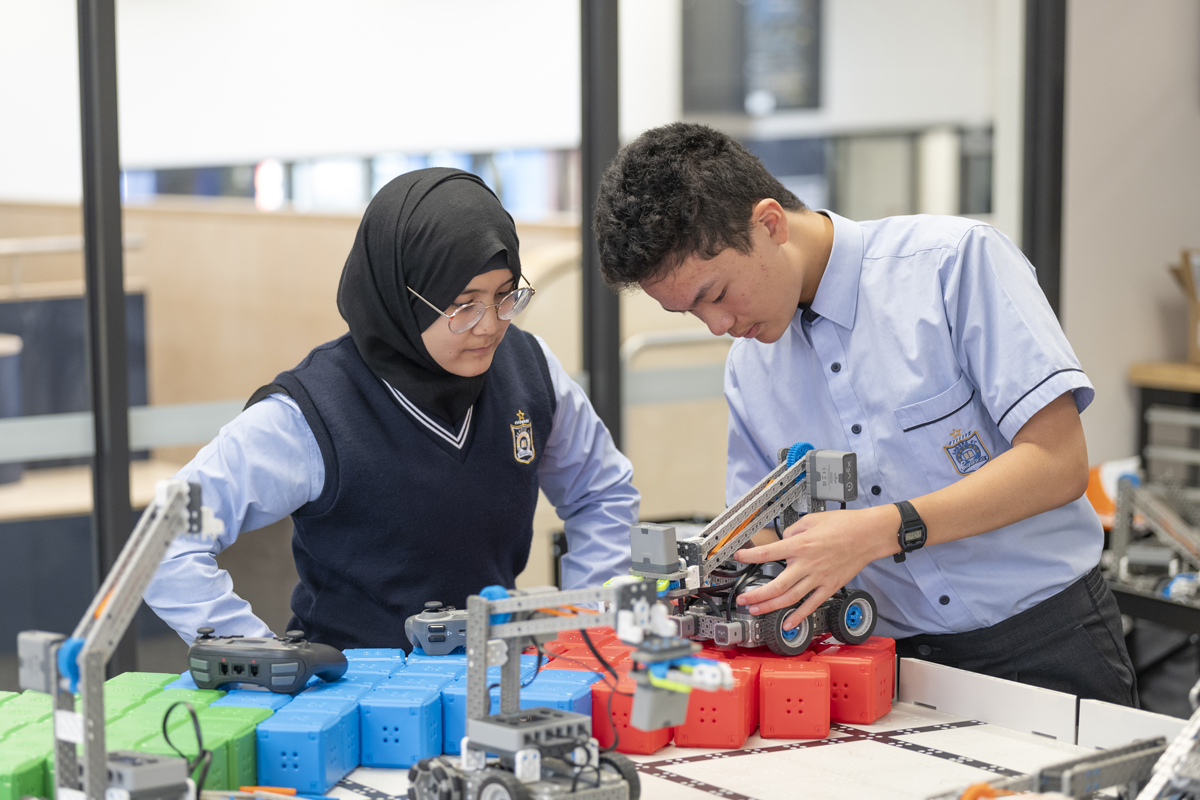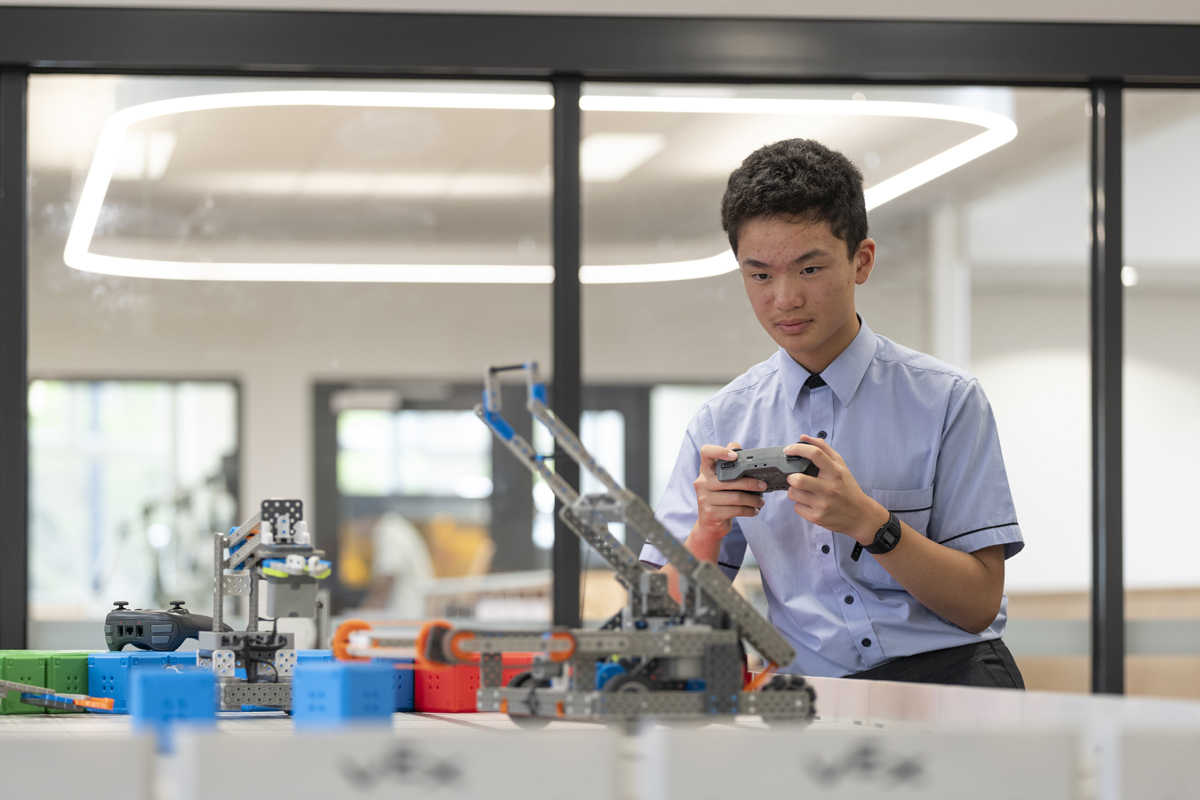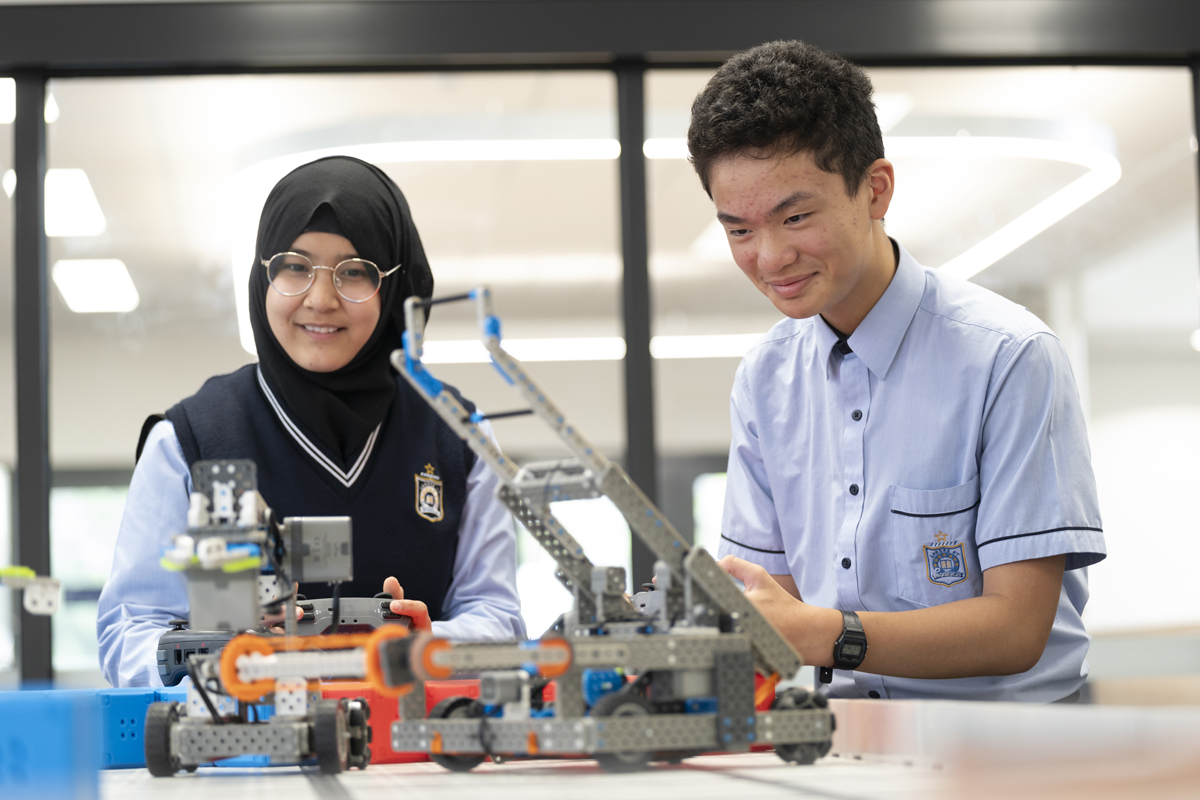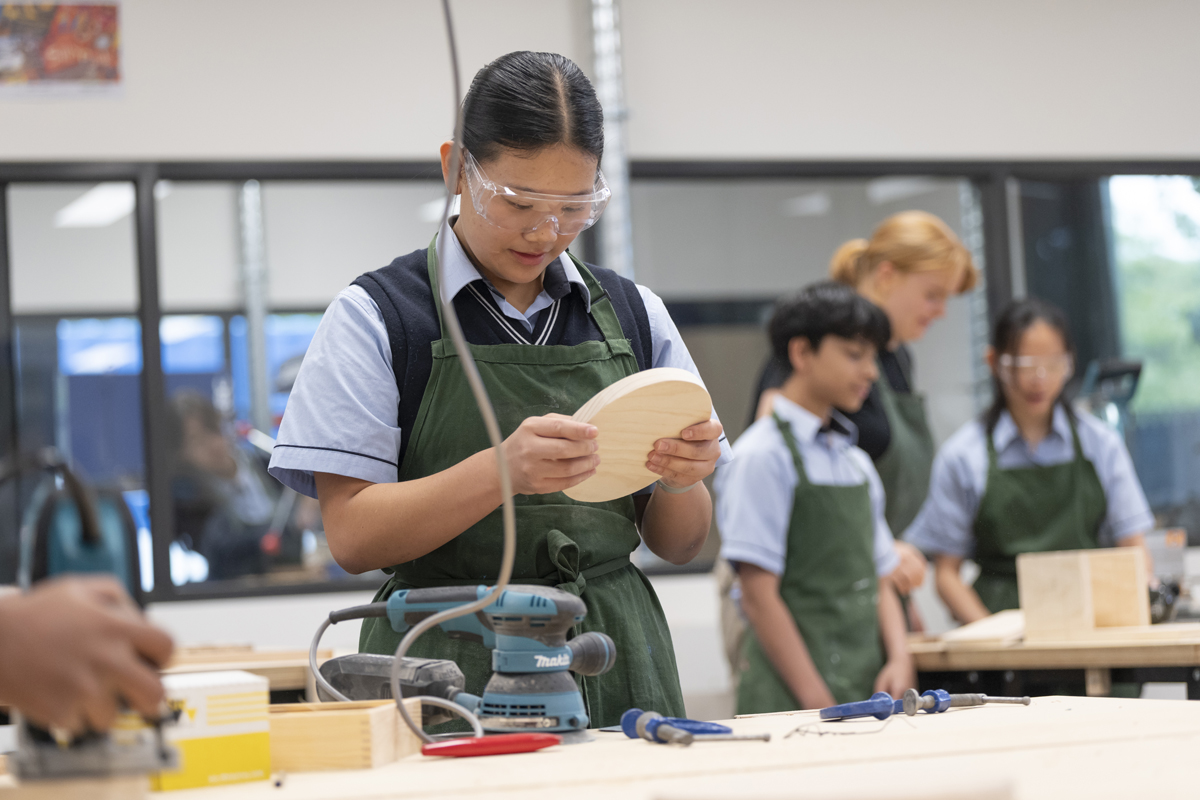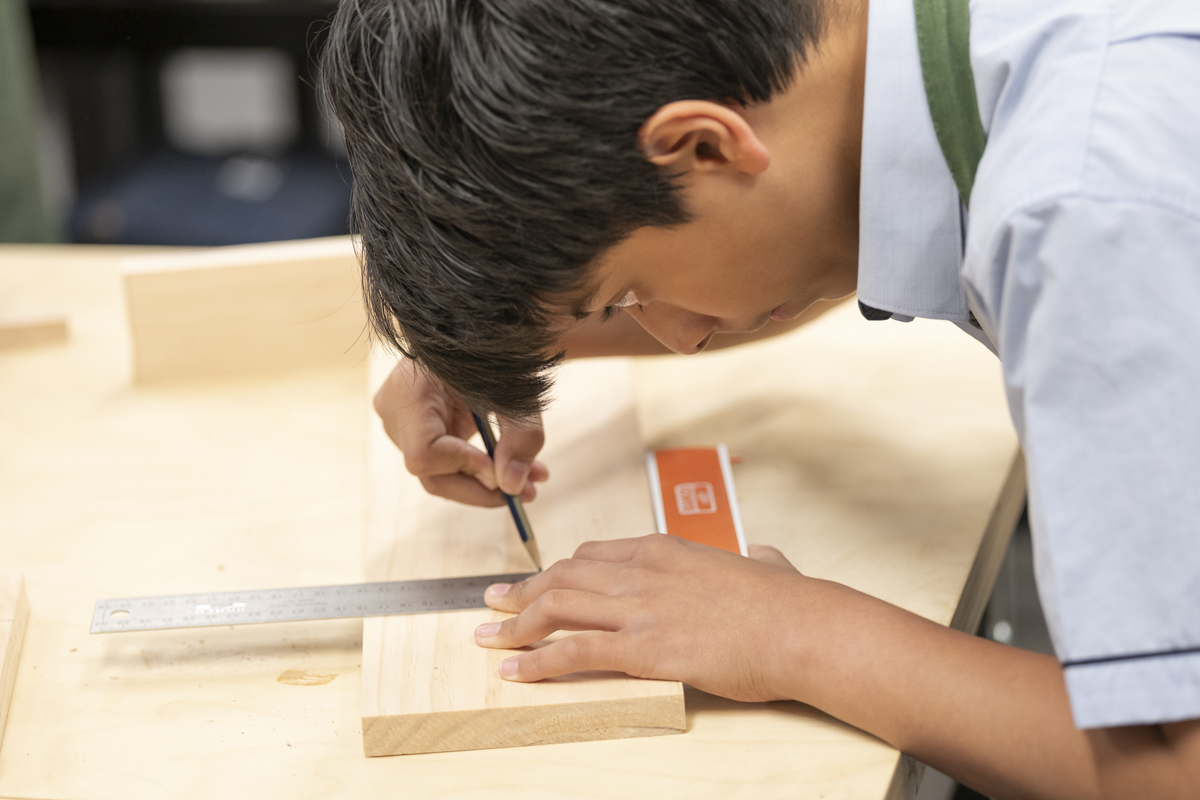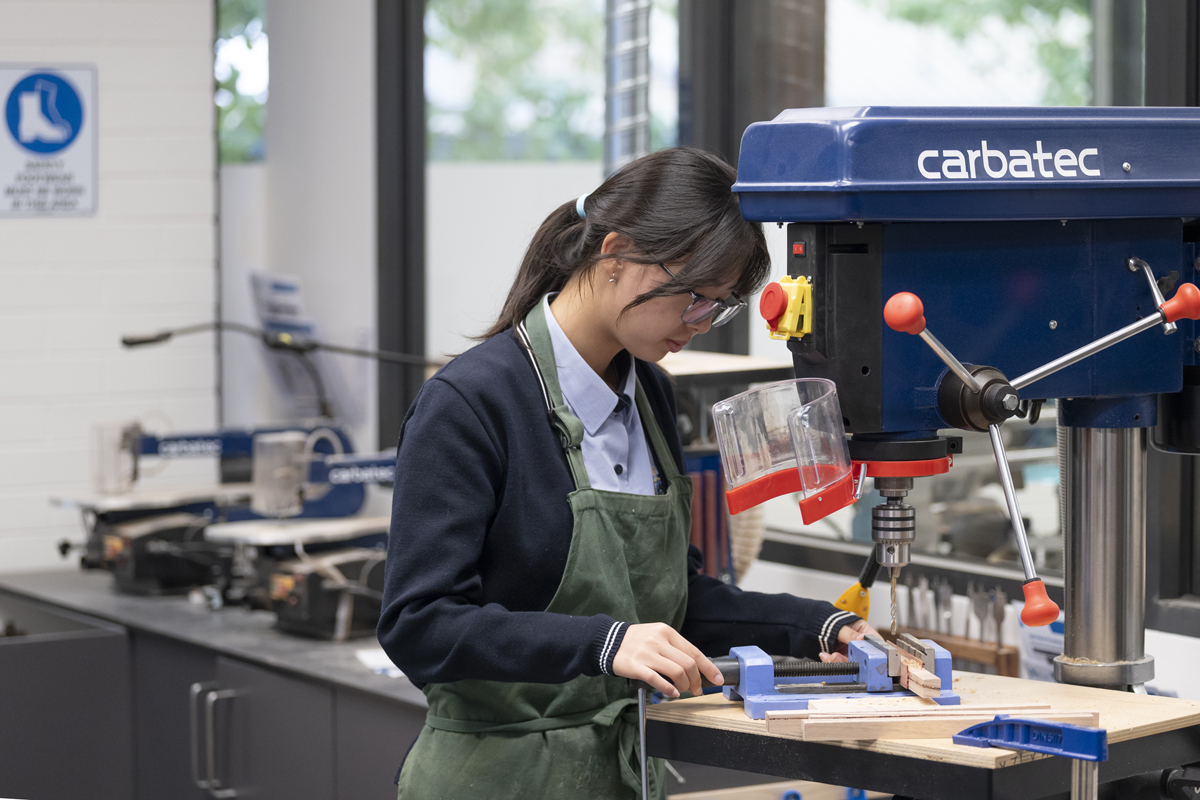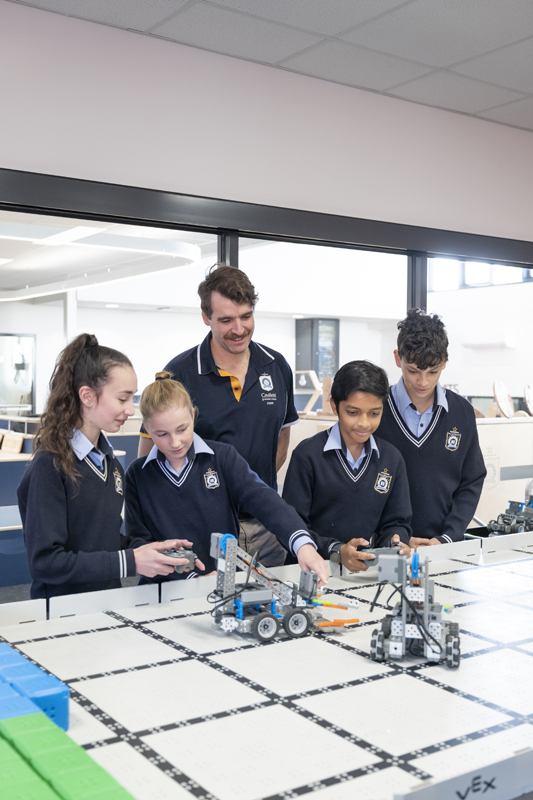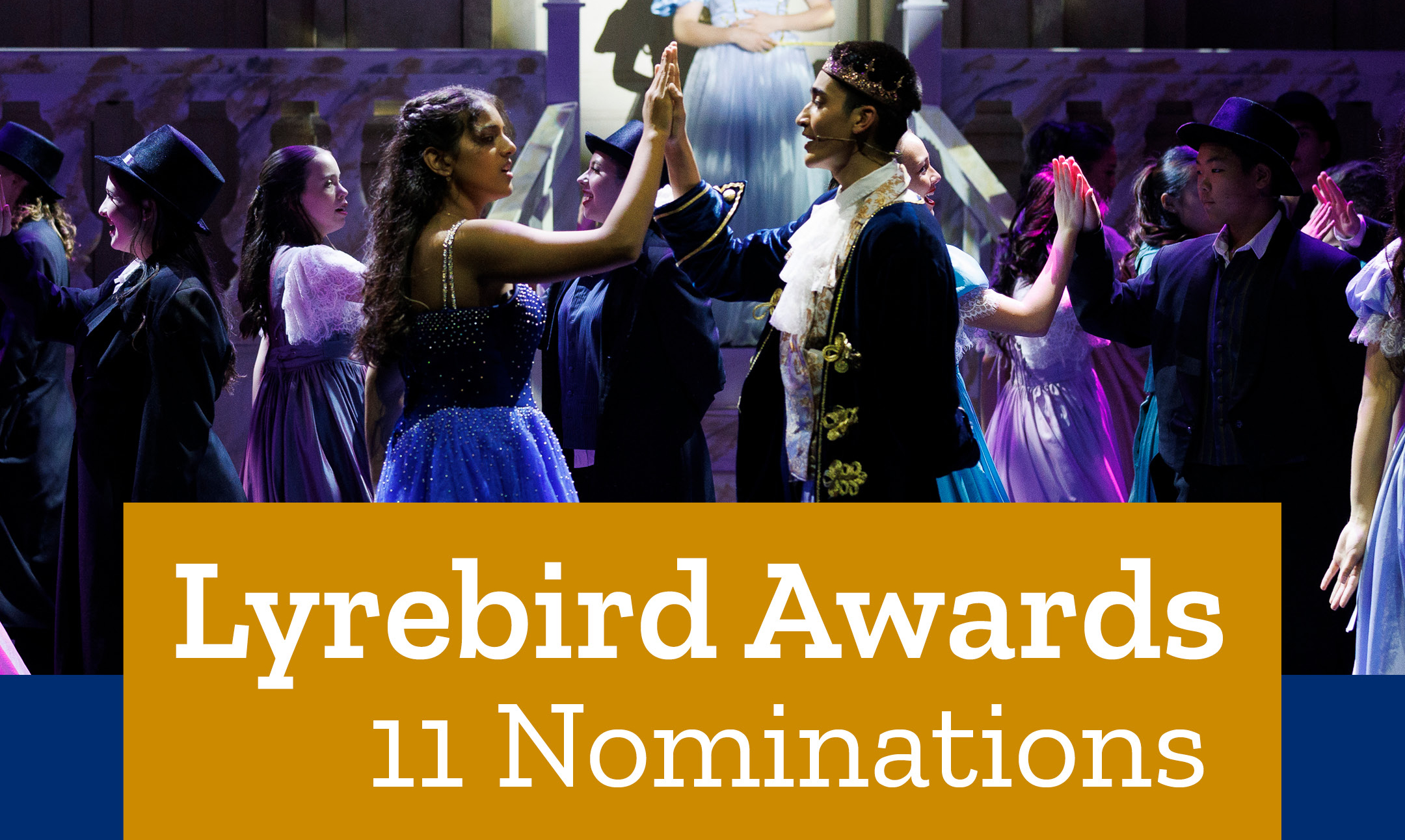The environments in which students learn are more than just places. They’re the enablers of imagination, creativity and innovation, and critical contributors to a student’s overall learning journey.
This understanding underpins every decision about campus development and infrastructure investment. Our research-driven approach to building and shaping learning spaces has established a unique educational experience, grounded in tradition yet future-focused in design.
“Our learning environments are designed to provide students with real-world, hands-on experience. A well-designed space is, in effect, a third teacher, encouraging active engagement, fostering collaboration and supporting the diverse needs of students.” – Principal Ashleigh Martin.
With this vision at the core, Caulfield Grammar continues to reimagine education in a school setting. From purpose-built performing arts theatres and innovation labs to expansive outdoor learning programs, each element of infrastructure has a clear and considered purpose.
Across all campuses, facilities are tailored to the developmental needs of students at different stages of their schooling. From Early Learning to Year 12, learners are immersed in age-appropriate environments that stimulate curiosity, build confidence and develop practical skills.
“Access to cutting-edge technology, expert-led incursions and flexible learning spaces allows students to pursue passions they may not have previously considered,” says Ashleigh. “And that’s the real difference.”
A prime example of this philosophy in action is the new purpose-built Design and Technology Centre at Wheelers Hill Campus. Exemplifying the impact of a dedicated learning environment, the space is designed to foster creativity and hands-on exploration. It features fully equipped workshops, a robotics lab, breakout collaboration spaces, a 3D printing room with Bambu printers and high-end fabrication tools including laser cutters and advanced machinery. From Year 7, students are supported by a future-focused curriculum that now includes Product Design and Technology, Systems Engineering and a Year 9 Robotics course. The space also hosts co-curricular opportunities such as a Robotics Club and VR exploration. Beyond technical skill development, students build comprehensive portfolios and use industry-standard CAD software, preparing them for real-world design challenges.
“The whole design of the building inspires creativity,” says Kiara, Year 12.
These infrastructure enhancements are integrated with the School’s learning philosophy. Rather than modernising for the sake of it, every development aligns with the needs of contemporary education while preserving the School’s distinct identity. “We want to stay current, but we don’t want to lose our soul,” Ashleigh explains.
This mindset also extends to the performing arts and music studios, where students are given professional-standard environments in which to develop confidence, creativity and communication skills.
“Our approach ensures that students don’t just learn within the classroom but are actively engaged in experiences that extend beyond it,” says Ashleigh.
Our campuses serve as dynamic ecosystems, where the physical spaces work in tandem with pedagogy and community. This not only allows for tailored infrastructure at each stage of learning but also ensures that students remain deeply connected to the broader Caulfield Grammar identity. And as the School prepares to open its new Shelford Campus in 2027, a new chapter in its infrastructure evolution is set to begin.
Shelford will house the School Innovation and Learning Centre (SILC), a flagship hub where students will co-create, pilot and launch programs in collaboration with industry experts. This space is designed to be a launchpad for future-ready skills with a focus on innovation, collaboration and design thinking. So whether it’s exploring the mechanics of sports technology or delving into AI engineering, students are exposed to emerging fields and real-world problem solving from early on.
Complementing the academic facilities are the outdoor programs at Yarra Junction and Kakadu, along with the Year 10 Odyssey experience, which further broaden the scope of learning, promoting resilience, environmental awareness and leadership through immersive experiences. Ashleigh highlights the impact of these programs, noting that they are “unique experiential learning opportunities that develop resilience, leadership and environmental awareness”, ensuring students graduate with a holistic, well-rounded education.
“Students enjoy the freedom and inspiration these facilities bring, while teachers speak of the transformative impact on their role,” says Ashleigh, noting that parents can also see the tangible benefits of an education that prioritises both academic achievement and personal growth.
As we look to the future, our infrastructure plans continue to be ambitious and innovative. Investment in co-curricular spaces continues, with a growing focus on developing specialised pathways. Alongside current builds, there is an ongoing commitment to expanding digital and STEAM learning capabilities.
At the heart of it all is a belief that educational spaces can – and should – empower students to shape their futures with confidence and creativity.
“Each addition, each enhancement, is more than just bricks and mortar,” says Ashleigh. “It’s about creating environments that enable students to explore boldly, think critically and contribute meaningfully to a changing world.”
And at Caulfield Grammar School, the journey towards future-focused, purpose-driven education is well underway.
